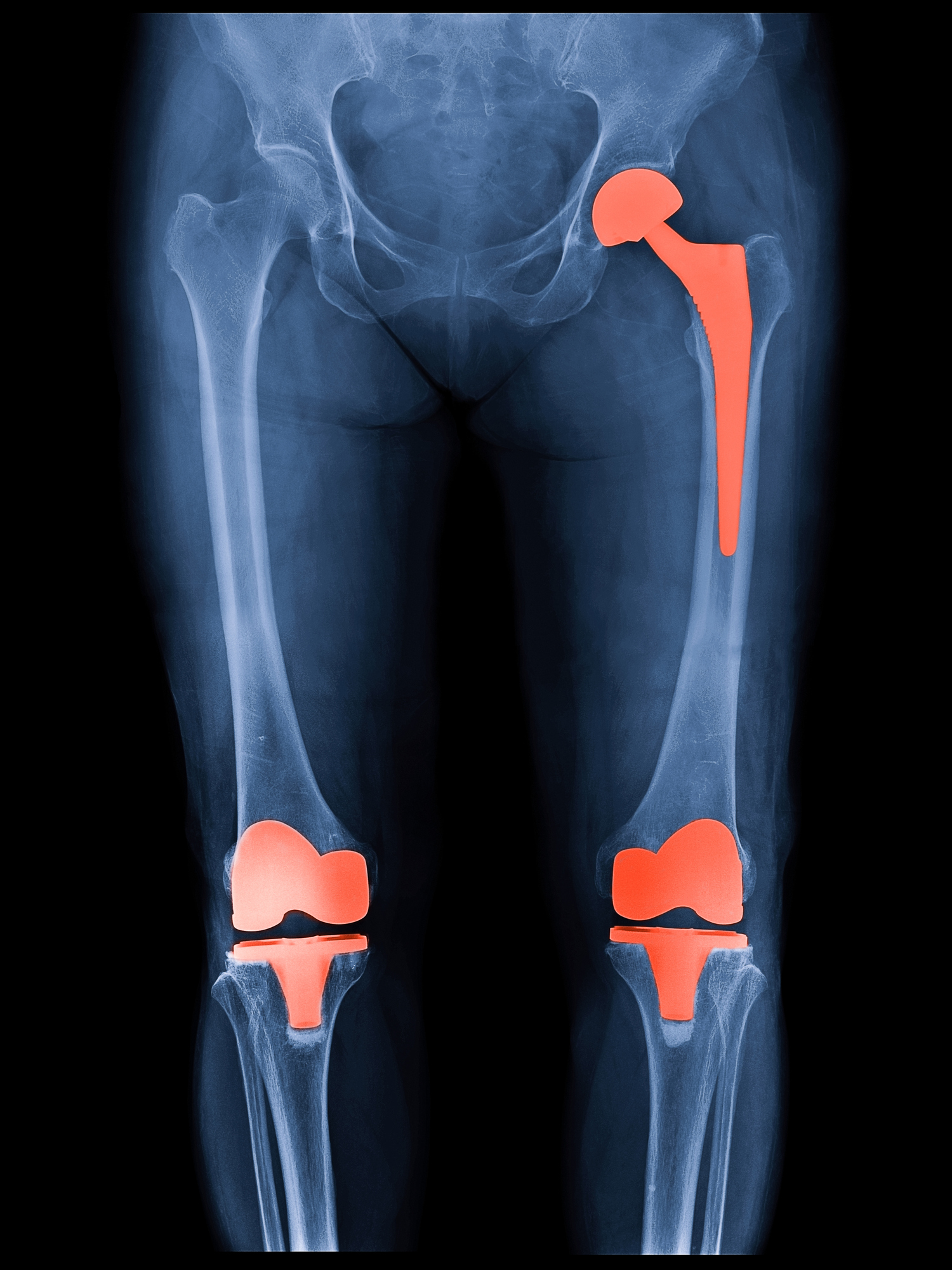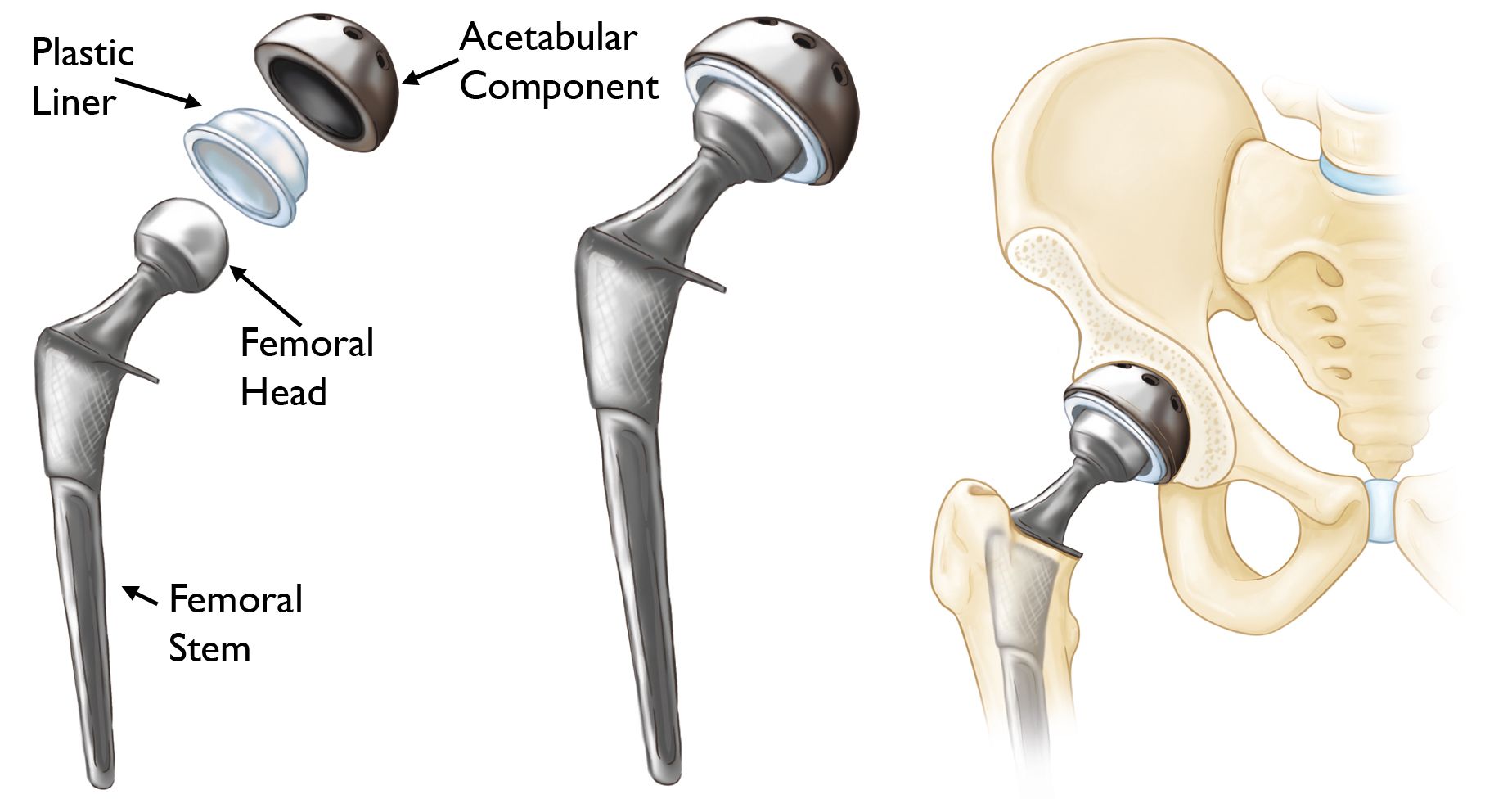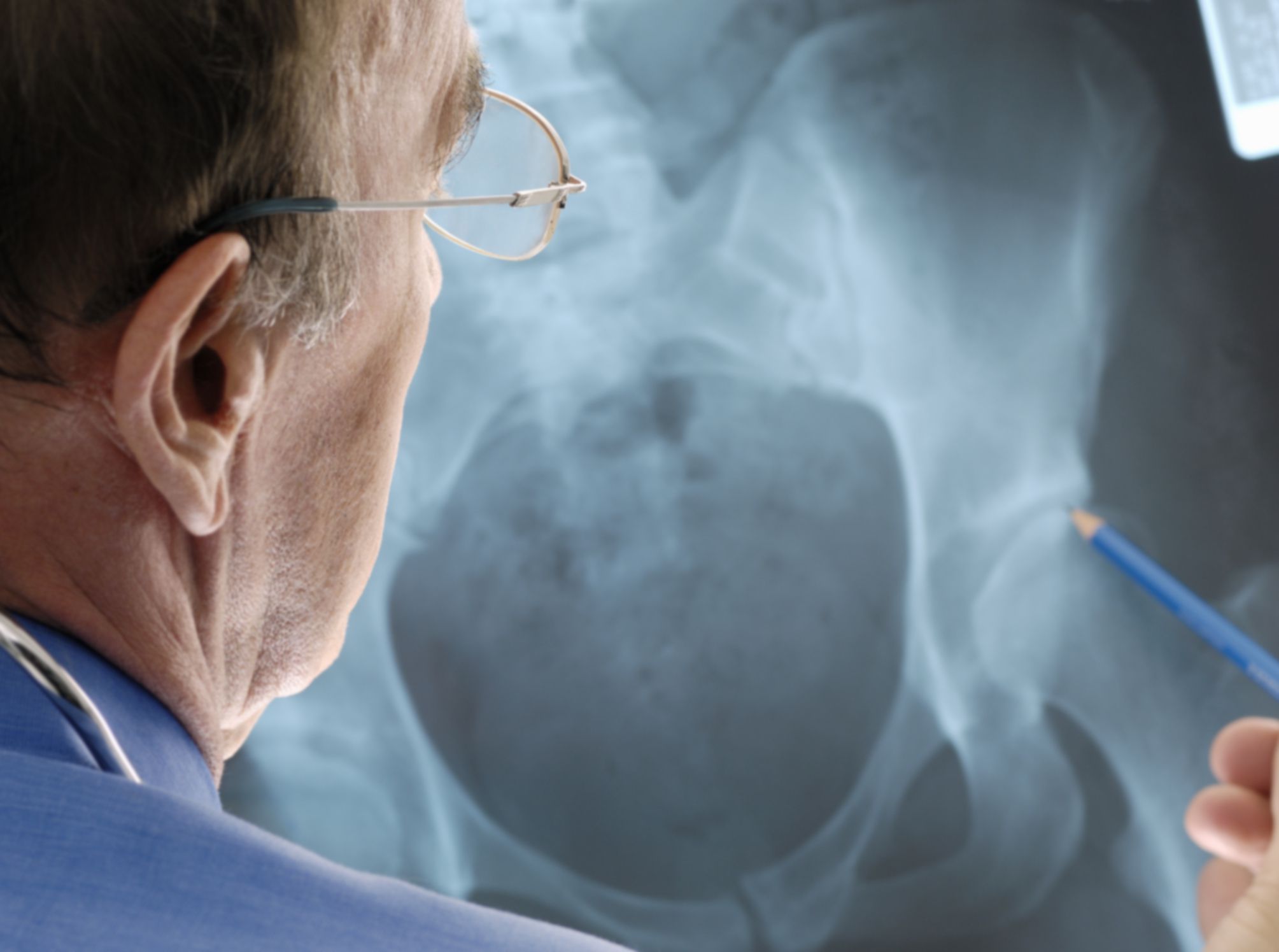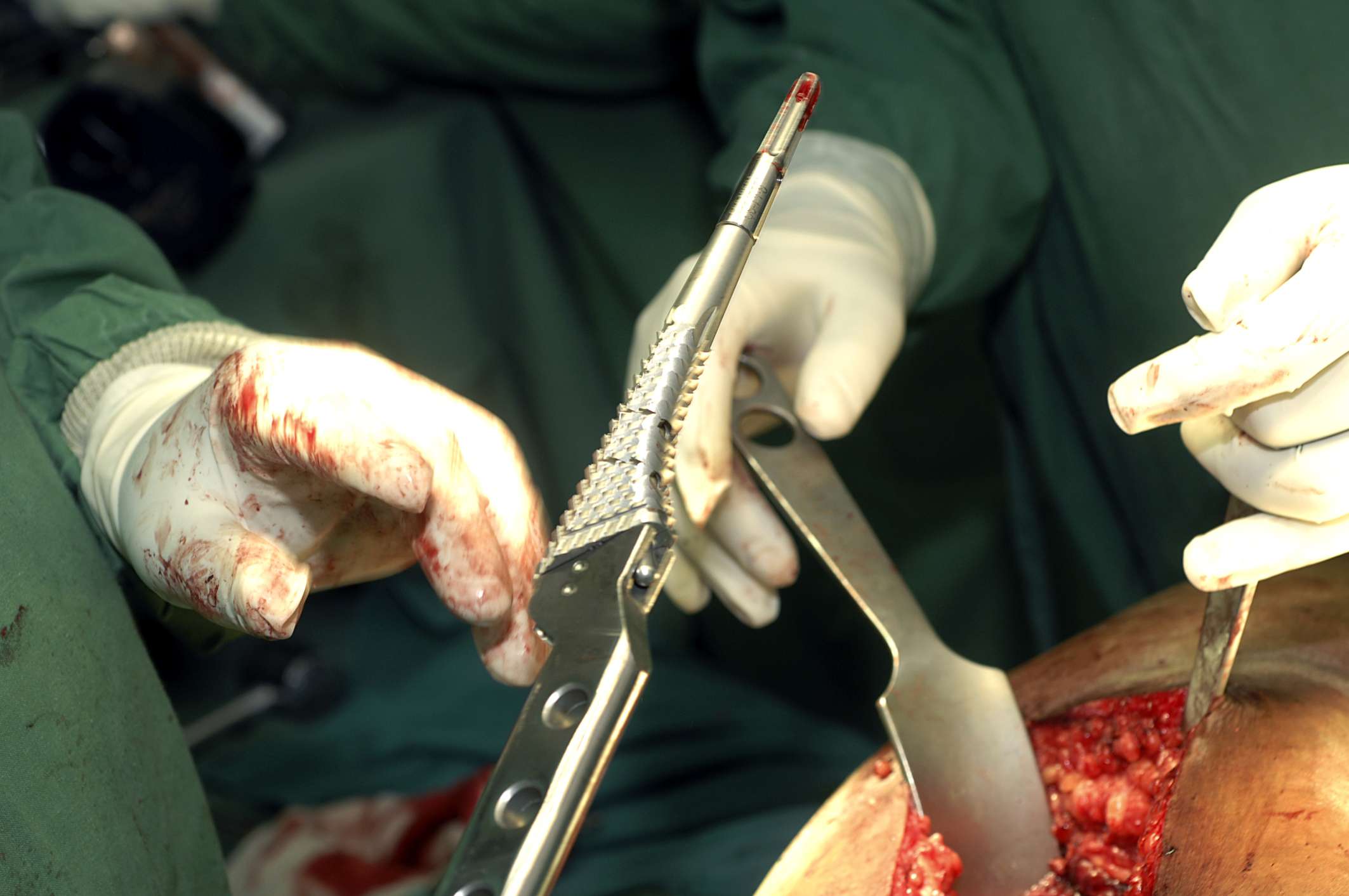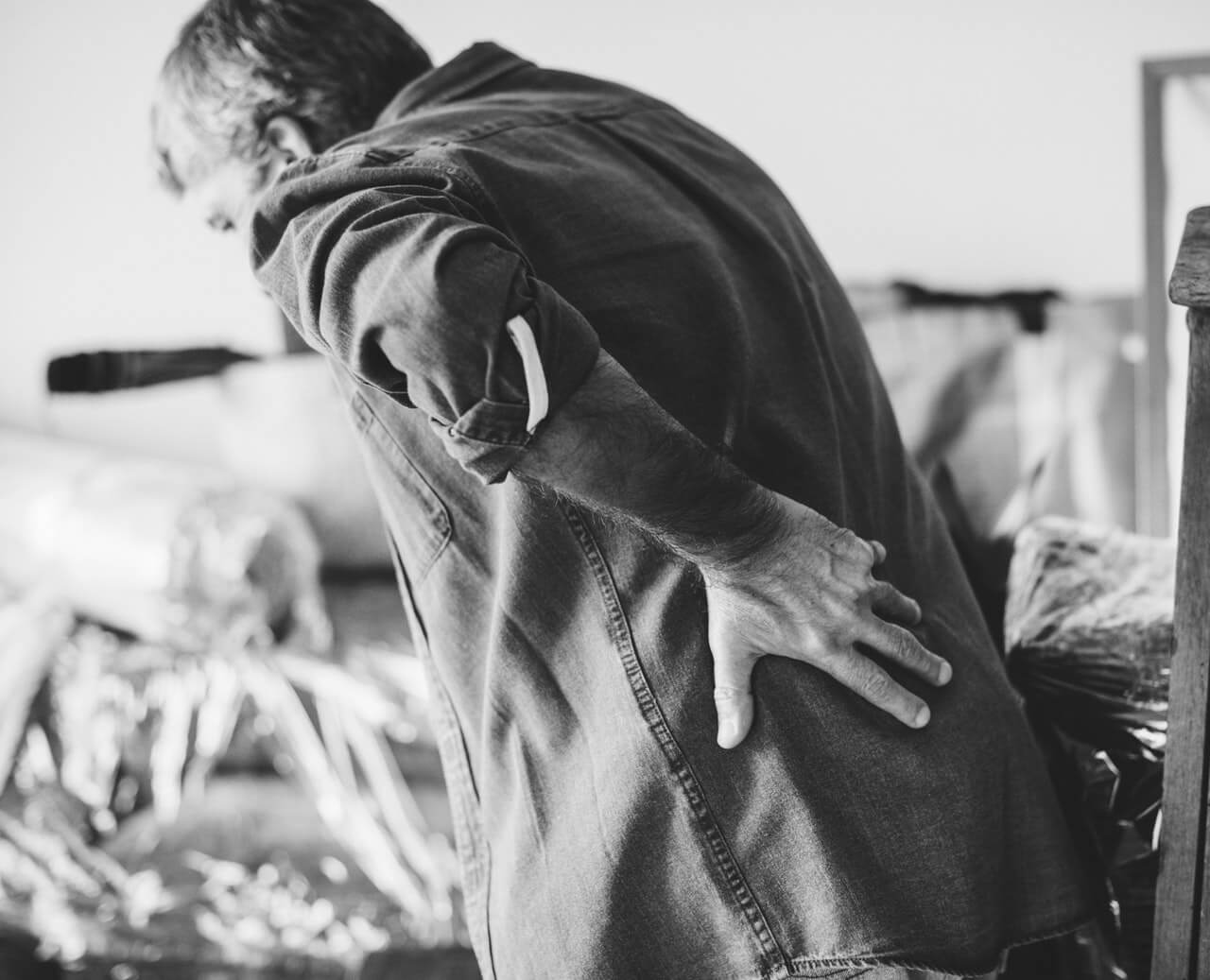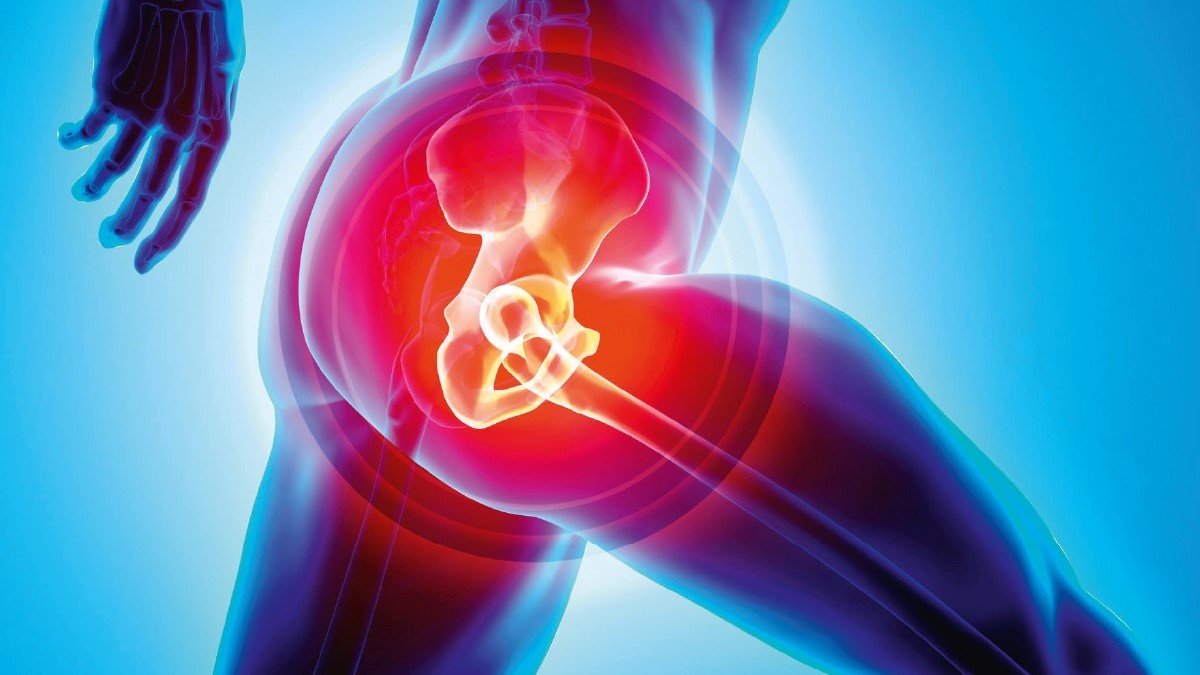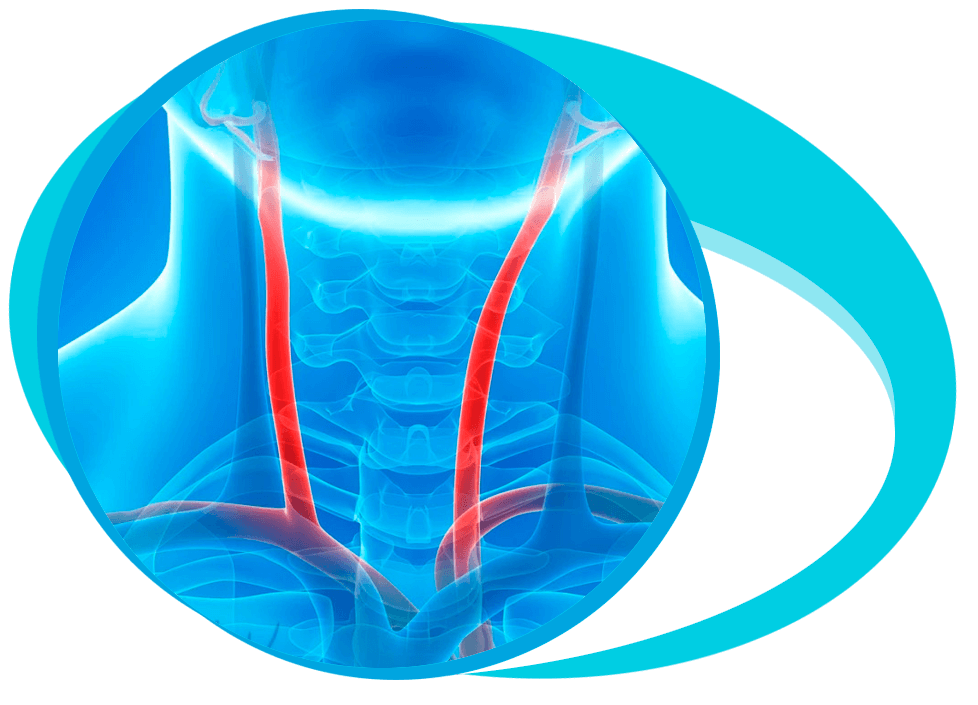Hip Replacement Surgery in Iran Details
What is Hip Replacement Surgery?
Also known as Arthroplasty, Hip Replacement is a surgical procedure wherein the diseased part of the hip joint is removed and replaced with the synthetic one.
The artificial body part made up of metal is known as prosthesis, and the purpose of the hip replacement surgery is to increase mobility, to relieve pain, and to improve the function of your hip joint.
Causes of Hip Replacement
The most common reason that leads to hip replacement is Osteoarthritis, which causes damage to the hip joint.
It is most often caused by wear and tear of aging. It makes the cartilage covering the hip joint useless, resulting in soreness and rigidity.
Other conditions which lead to hip replacement surgery include rheumatoid arthritis, traumatic arthritis, avascular necrosis, osteonecrosis (loss of the blood supply to the thigh bone) and bone tumors.
The procedure of Hip Replacement Surgery
During a traditional hip replacement surgery, which usually lasts for 1 to 2 hours, the surgeon makes a 10 to 12-inch incision is made over the side of the hip through the muscles.
The muscles are detached from the hip.
Once the joint surface is exposed, the surgeon takes out the diseased bone and cartilage from the hip joint.
A cut shaped implant is then attached to the bone of the hip socket.
A smooth plastic surface is attached to the implant to allow free movement of the joint.
After that, the surgeon reinstates the head of the femur and acetabulum with new artificial parts.
A metal stem is inserted into the femur to a depth of about 6 inches.
The stem implant is attached to the bone tissue either through cement or without cement.
After that, a metallic ball is placed on the top of the stem.
The new hip is made up of metal that allows the natural sliding movement of the joint.
Types of Hip Replacement Surgeries
Total Hip Replacement
A Total Hip Replacement is a surgical procedure wherein the diseased cartilage and bone of the hip joint are surgically removed and replaced with the synthetic material.
A normal hip joint structure is like a ball and socket joint.
The socket is a cup-shaped bone called acetabulum, and the ball is femur (head of the thigh bone).
The artificial joints are attached to the bone with acrylic cement.
If only one part is fixed with cement, it is known as Hybrid Total Hip Replacement.
Minimally Invasive Hip Replacement
This surgery allows the surgeon to perform hip replacement through 1 or 2 smaller incisions.
Candidates who undergo minimally invasive surgery are usually thinner, healthier, younger, and more likely to have a quick recovery as compared to those who undergo the traditional method.
Birmingham Hip Replacement
The Birmingham Hip Replacement surgery takes place in people who need a hip replacement at a very young age.
During this surgery, a tiny part of the bone on top of the thighbone recurs.
A metalhead is attached to the thighbone and fits into a metal socket located in the joint.
Hip Replacement Implants
Hip Replacements are performed with artificially designed prosthetic implants.
The advantage of using an implant is that more is known about long-term results with the implant.
A prosthetic implant used for a hip replacement includes acetabular cup, the femoral component, and the articular interface.
Acetabular Cup
It is the artificial component which is positioned in the hip socket called the acetabulum.
The cartilage and bone is replaced with the acetabular cup with the help of acrylic cement.
Femoral Component
The femoral component is attached to the thighbone (femur).
Following the removal of the bone, the femur is bent to accept the femoral stem with the fixed synthetic femoral head.
The two types of fixation are Cemented and Uncemented.
While cemented stems involve the use of acrylic bone cement to create a layer between the stem and the bone, uncemented stems use outside coatings to stimulate the bone to create links with the implant.
Articular Interface
It is the gap between the acetabular cup and the femoral component.
Benefits of Hip Replacement Surgery
With new technology and advancement in surgical techniques, today artificial hips can last for a lifetime.
With the emergence of new socket implants for the pelvis, the sockets can be replaced without hampering the other portions of the hip joint.
People who undergo hip replacement can get back to work within two months of surgery.
Some benefits of hip replacement surgery:
- Less joint pain
- Increased mobility and stability
- Deformity correction
- Increased leg strength
Revision Hip Replacement Surgery
There are some cases where loosening of implant leads to the failure of total hip replacement.
In such cases, a patient will undergo revision surgery.
A revision surgery depends upon the complications of the artificial implant along with bone restoration.
From the perspective of revision surgery, the cemented knee procedure is very reliable, with around 90 to 95 percent success rate.
The advantage is that such type of knee replacement gets immediately stable, and one can immediately start walking.
Currently, cemented knee replacement is the most common procedure.
Please contact us to know more about Hip Replacement Surgery cost and to book a medical tour to Iran.


